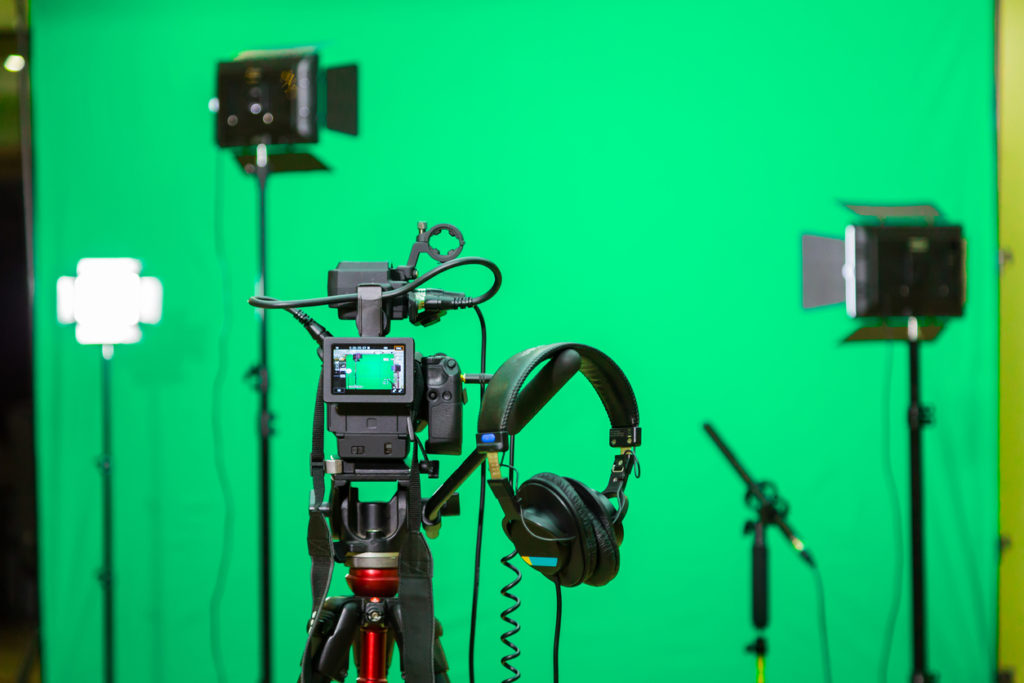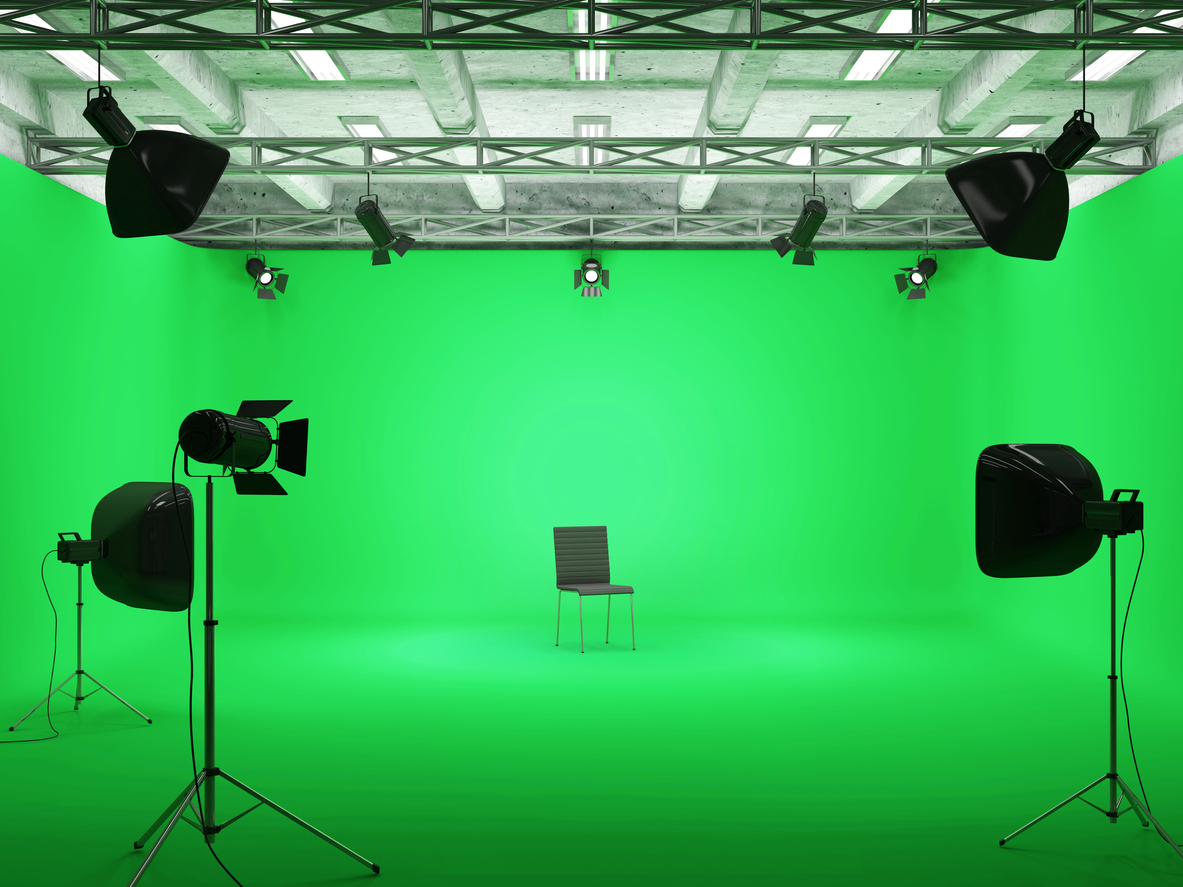Ever watched a movie and wondered how they got the actors in those fantastic and otherworldly locations? Or how they put them in life-threatening situations?
They can't all be real places or constructed sets, right?
Chances are, they used a technology called chroma key.
Chroma key involves filming actors and objects in front of a flat screen of a single colour. This screen is usually blue or green, hence chroma key is often referred to as a 'blue screen' or 'green screen' effect.
During editing, computer programs are used to remove and replace parts of the footage. By using a function to make everything that is the colour of the background screen invisible, you can then replace it by editing it the footage of something else.
This is where the versitality of the effect comes in. You can edit almost anything into the background: footage from other locations, artificial sets, paintings, or even close-up footage of miniature sets placed in the background to make it look like the actors are in a full-sized version of the model. Or you could create an environment entirely out of computer graphics! Some of these techniques are also used outside of filmmaking. You've probably watched the news on TV and seen someone talk about the weather while a giant map behind them illustrates what they're saying. That image was put there using a chroma key effect.

There is one big problem with chroma effects though: to replace the background, you have to cut out ALL of a specific colour, so there can't be anything of that colour in the things you intend to keep If you use a green screen and someone in the scene is wearing the same shade of green in their clothes, they'll end up looking like that part of them is transparent! Green is the most commonly used colour for chroma key because it is not a natural human skin or hair colour, so no part of the actor's body will be removed by the editing process. If part of their costume is green, the screen will usually be blue instead.
This effect has been around for longer than you might think, but nowadays improvements in technology, especially computers, has made it one of the most common go-to effects for movies. Some movies are almost entirely created by it!
Explore the science behind filmmaking.
Our new exhibition, James Cameron — CHALLENGING THE DEEP uncovers the technologies that made some of the most iconic movies of our time possible.
